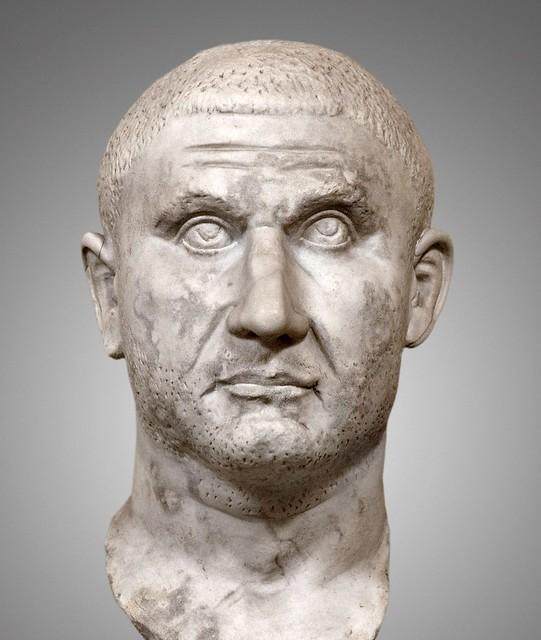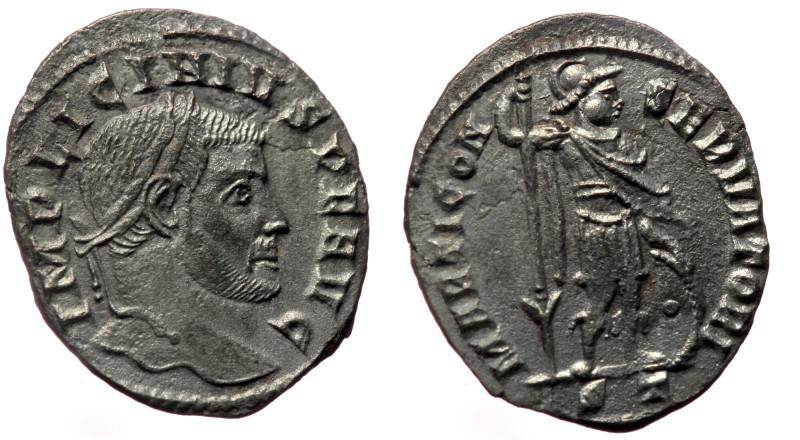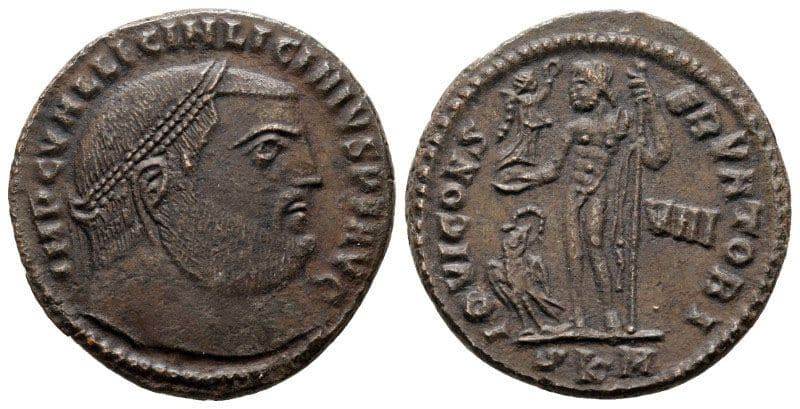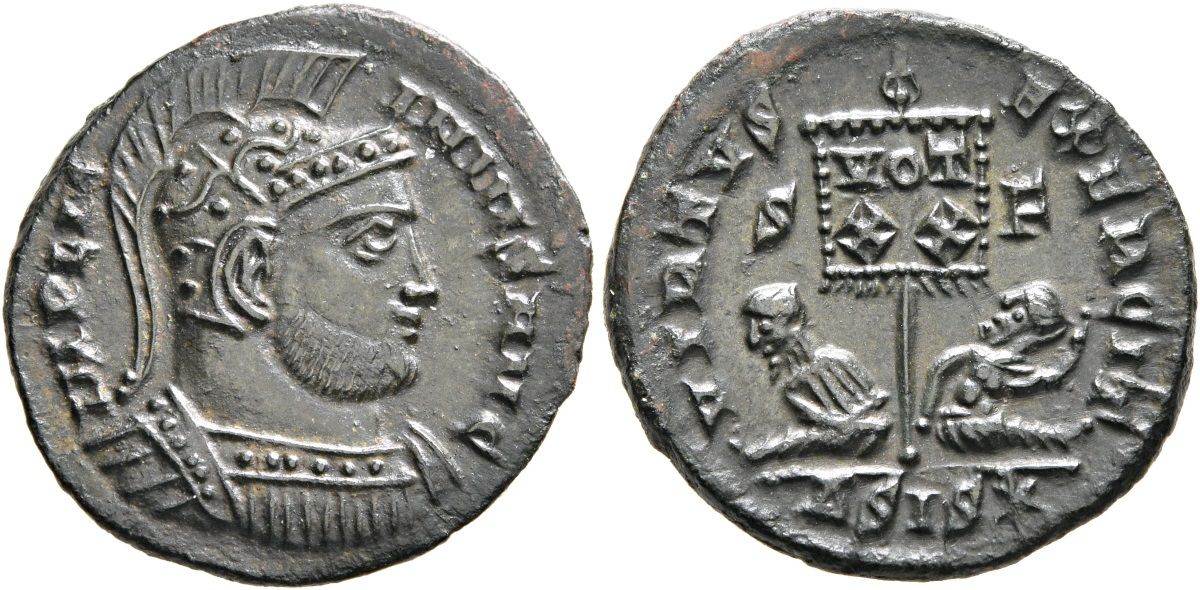| Predecessor | Severus II |
| Successor | Constantinus I |
| Born | c. 265, Moesia Superior, Roman Empire |
| Died | 325, Mogontiacum |
| Spouse | Flavia Julia Constantia |
| Children | Licinius II |
| Father | |
| Mother |
His Story
Biography of Emperor Licinius I
Licinius I was one of the Roman emperors who ruled during the tumultuous period of the Tetrarchy, when four rulers shared power over the vast empire. He was also one of the co-authors of the Edict of Milan, which granted religious freedom to Christians and other faiths in 313 AD. His life and reign were marked by military achievements, political rivalries, and religious conflicts.
Licinius was born around 265 AD in Upper Moesia, a province in the Balkans. He came from a humble peasant background, but he rose through the ranks of the army and became a close friend of Galerius, one of the Tetrarchs appointed by Diocletian. Licinius distinguished himself in the Persian campaign of 297 AD, where he showed his courage and skill as a soldier.
In 308 AD, after the death of Emperor Severus II, Galerius promoted Licinius to the rank of Augustus, or senior emperor, of the western part of the empire. However, his authority was challenged by Maxentius, who controlled Italy and Africa, and Constantine I, who ruled Gaul and Britain. Licinius had to settle for ruling over Illyricum, Thrace, and Pannonia.
In 310 AD, Licinius defeated the Sarmatians, a nomadic tribe that raided the Danube frontier. He also secured his eastern border by making an alliance with Maximinus Daia, another Augustus who ruled over Asia Minor and Egypt. Together, they agreed to divide the eastern provinces between them after the death of Galerius in 311 AD.
However, their alliance soon turned into a war, as Maximinus invaded Licinius’ territory in 313 AD. Licinius defeated him at the Battle of Tzirallum in Thrace and pursued him into Asia Minor, where Maximinus died. Licinius thus became the sole ruler of the eastern half of the empire.
Meanwhile, Licinius had also formed a bond with Constantine I, who had defeated Maxentius at the Battle of Milvian Bridge in 312 AD. In 313 AD, Licinius married Constantine’s half-sister Constantia in Milan. They also issued a joint edict that granted official toleration to Christians and other religions in the empire. The Edict of Milan was a landmark document that ended centuries of persecution and restored confiscated properties and rights to Christian communities.
However, Licinius and Constantine soon became enemies as well. They clashed over territorial disputes and ideological differences. Licinius was suspicious of Constantine’s favoritism towards Christianity and his attempts to unify the empire under his rule. Licinius also initiated a mild form of persecution against Christians in his domain, accusing them of disloyalty and sedition.
The first war between Licinius and Constantine broke out in 316 AD. Constantine invaded Licinius’ territory and defeated him at the Battle of Cibalae in Pannonia. Licinius had to cede some of his provinces to Constantine and execute his co-emperor Valens, whom Constantine accused of treason.
The second war erupted in 324 AD, after Licinius appointed another co-emperor named Martinianus and allied himself with the Goths and Sarmatians. Constantine launched a massive campaign against him and won decisive victories at the Battles of Adrianople and Chrysopolis. Licinius surrendered and was spared by Constantine at the request of Constantia.
However, Licinius did not enjoy his retirement for long. In 325 AD, he was accused of plotting against Constantine and executed in Thessalonica. His son Licinius II was also killed shortly after.
Licinius was one of the last pagan emperors of Rome. He tried to maintain a balance between traditional Roman religion and emerging Christianity, but he ultimately failed to reconcile them or to resist Constantine’s ambition. He left behind a legacy of military success, political intrigue, and religious controversy.






